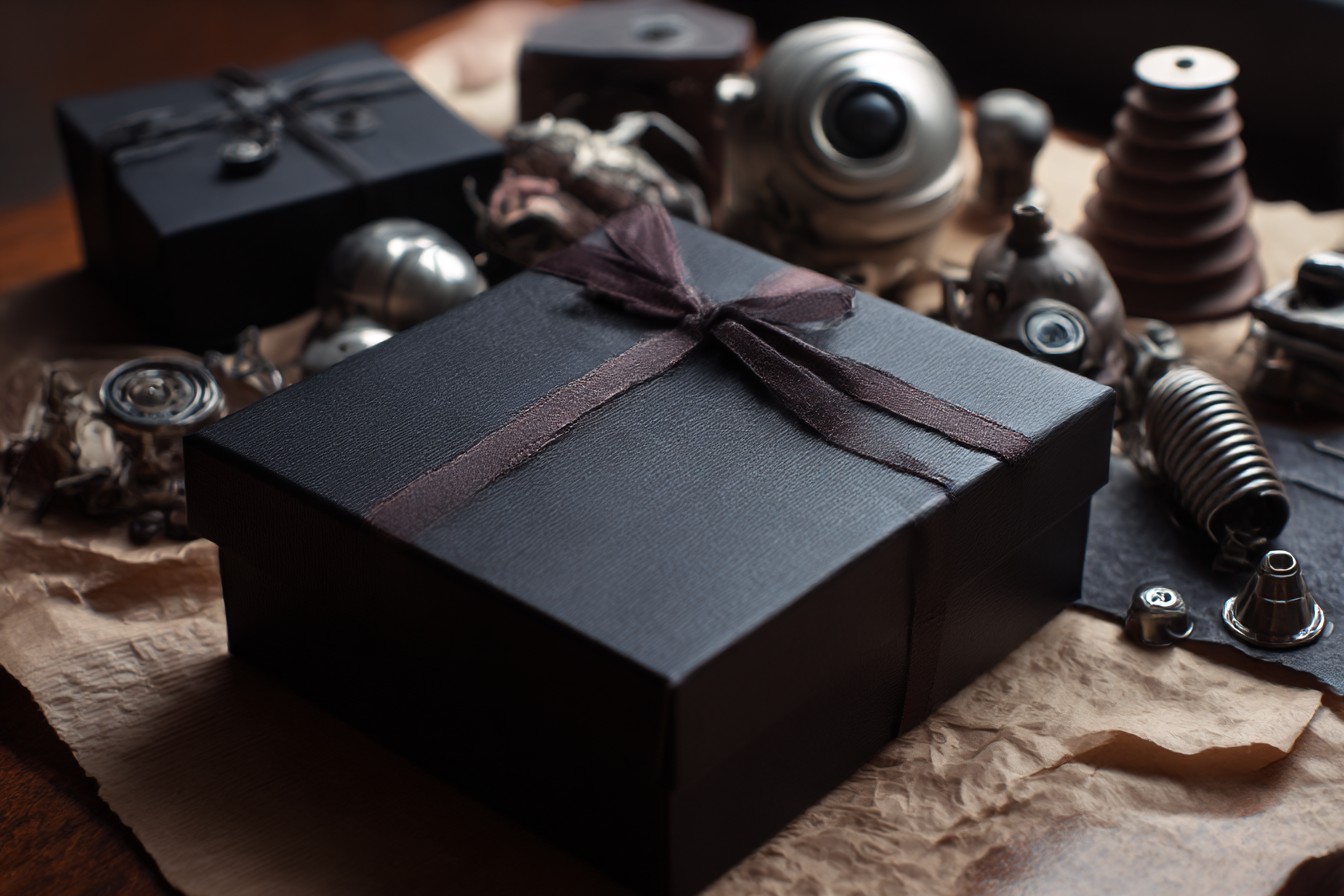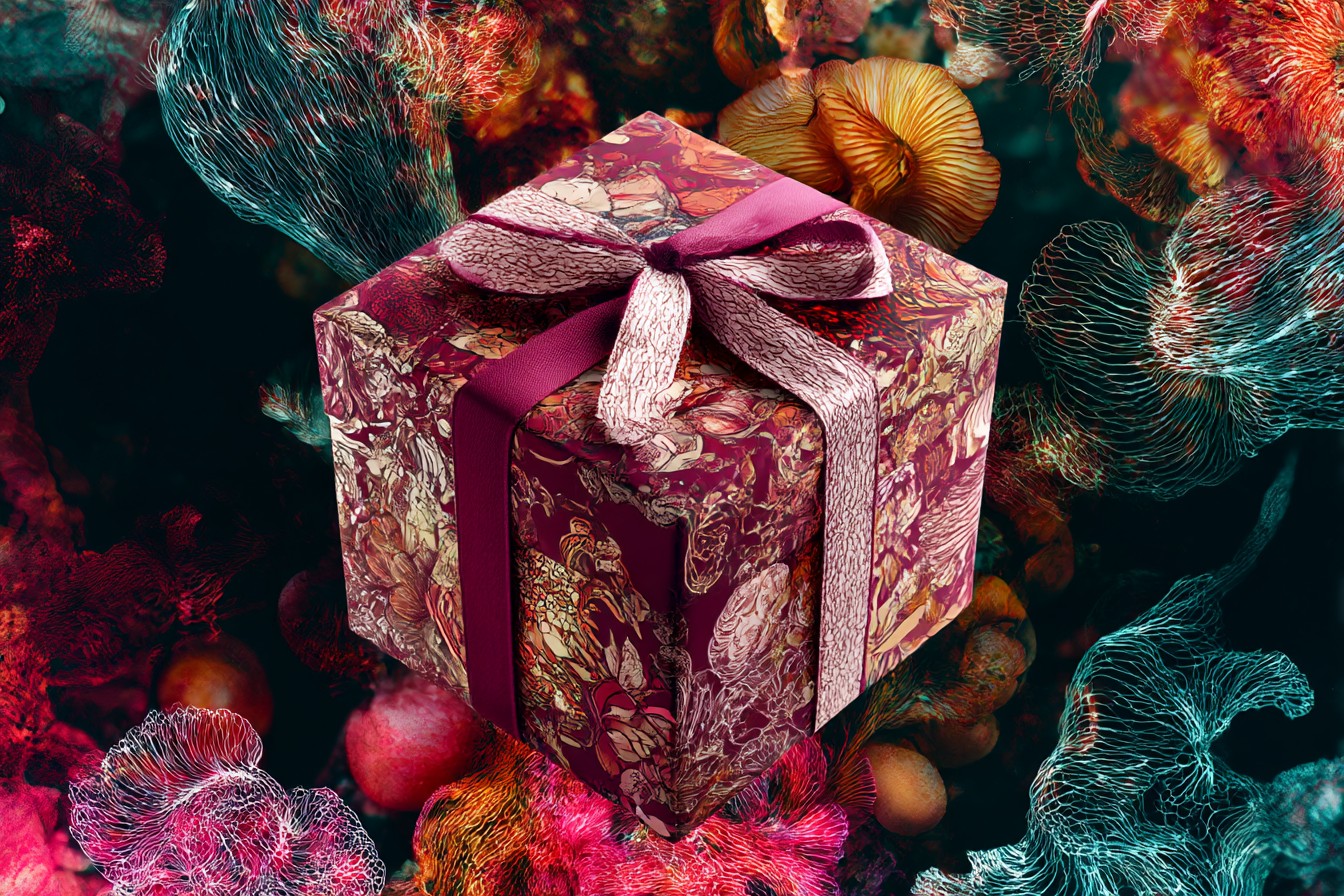I’ve always had a bit of a reputation in my friend group. “Emma’s gift will make you cry,” they warn newcomers to our circle. “Just wait—she’ll somehow find something that connects to that random story you told her three years ago.” It’s flattering, really, but it’s also created this monster expectation that every present I give needs to be this transcendent emotional experience.
Truth be told? I’ve made people cry with gifts exactly twice. The first time was when I tracked down a first-edition cookbook that belonged to my best friend’s grandmother before it was lost in a house move. The second was a scrapbook of concert ticket stubs and festival wristbands I’d secretly collected from my husband Charlie’s bedside drawer over our first five years together. Both took months of planning, significant cash, and the kind of borderline-obsessive dedication that makes for a lovely story but isn’t exactly sustainable as a gift-giving strategy.
The thing about personalization is that it exists on a spectrum, doesn’t it? On one end, you’ve got the utterly generic—your classic Boots gift set with shower gel and body lotion that could be for literally anyone. On the other end, you’ve got the hyper-specific—like commissioning an oil painting of someone’s childhood home complete with their long-deceased pet cat sitting in the exact window where it used to nap. One shows no effort, the other… well, it might make the recipient wonder if you’ve got a bit too much time on your hands.
I learned about the perils of over-personalization the hard way. For my sister-in-law’s 30th, I created what I thought was the perfect gift. She’d mentioned wanting to get back into painting, something she’d loved at uni but abandoned when “real life” took over. I spent weeks assembling a custom art kit with professional-grade supplies, each item researched to match her specific preferences from years ago. I even hunted down the exact brand of brushes her favorite professor had recommended. I found her old sketchbooks (with her mum’s help) and had some of her student work professionally framed. When she opened it, there was this awful moment of silence.
“This is… a lot,” she finally said, looking overwhelmed rather than delighted.
It wasn’t until later that Charlie explained the problem. “Babe, you basically handed her a massive obligation,” he said gently. “She made one passing comment about missing painting, and you’ve turned it into this whole identity. Now she feels like she has to become An Artist again to justify your effort.”
That hit me like a ton of bricks. In trying to be thoughtful, I’d actually created pressure. I’d taken a casual interest and elevated it to A Defining Characteristic, and now she felt boxed in by my perception of her. It was mortifying.
Since then, I’ve developed what I call my “70% Rule” for personalization. I aim to make a gift personal enough to show I’ve been paying attention (the 70%), but leave enough breathing room that the recipient doesn’t feel trapped by my perception of them (the remaining 30%).
Here’s how it works in practice:
When my colleague mentioned she was trying to cut down on takeaway coffees to save money, I didn’t buy her an elaborate barista setup with personalized coffee beans and a machine that required a PhD to operate. Instead, I got her a really good travel mug in her favorite color with her initial on it. Personal enough to show I’d listened, not so personal that it demanded she become a home-brewing coffee enthusiast.
For my nephew’s birthday, I noticed he’d become obsessed with space. Rather than creating an entire astronomy corner in his bedroom (which I was tempted to do, not gonna lie), I found a glow-in-the-dark constellation blanket and a book about space suitable for his age. Personal but not overwhelming.
The sweet spot, I’ve found, is to focus on one specific aspect rather than trying to capture someone’s entire essence in a gift. It’s the difference between “I noticed you like this particular thing” versus “I HAVE CATALOGUED YOUR ENTIRE PERSONALITY AND CREATED THE ULTIMATE REPRESENTATION OF YOUR SOUL.”
Another trick I’ve learned is to personalize the incidental rather than the main gift. My friend Lucy adores otters—they’re her favorite animal and she’s forever showing me videos of them holding hands while they sleep. For her birthday, I wanted to get her some nice skincare products I knew she’d been eyeing. Instead of going completely otter-mad and buying her every otter-themed item I could find online (tempting!), I got her the skincare and just wrapped it in otter-patterned paper with a little otter charm tied to the ribbon. The main gift was something she actually wanted, and the personalization was in the presentation. She got the message that I pay attention to her interests without ending up with an otter-themed life she never asked for.
This approach has saved me countless hours of overthinking and probably preserved several friendships. It’s also much easier on the wallet. When I was in my twenties, I once spent so much on creating a personalized whisky tasting experience for Charlie’s birthday that I had to eat beans on toast for two weeks afterward. He loved it, but also felt terrible when he realized how much I’d spent. These days, I might get him one really good bottle of whisky with a glass engraved with an inside joke—it hits the same note without the financial hemorrhage.
The timing of personalization matters too. Early in a friendship or relationship, going too deep too soon can feel a bit… stalkerish? My cousin once went on three dates with a bloke who then presented her with a necklace featuring her exact birthflower in the correct birthstone setting. “How did he even know when my birthday is?” she texted me, slightly panicked. “I’ve not told him that!” (Turned out he’d done some serious Instagram archaeology to find a post from the previous year.)
There’s a world of difference between “I remembered you mentioned liking this author” and “I’ve memorized every preference you’ve ever expressed and am now reflecting them back to you in gift form.” The former is attentive; the latter makes people wonder if you have a spreadsheet tracking their every comment (which I absolutely do not have anymore after Charlie found it and staged an intervention).
I’ve also learned to be mindful of personalization that might inadvertently limit someone. My mum once complained that after she made one positive comment about loving a hedgehog figurine she saw in a charity shop, she received nothing but hedgehog-themed gifts for the next five Christmases and birthdays. “I’m drowning in ceramic hedgehogs,” she told me. “People think they’re being thoughtful, but now I’m apparently The Hedgehog Lady forever.” She was stuck in a personalization loop she couldn’t escape.
To avoid this, I try to personalize based on current interests rather than historical ones whenever possible. Just because someone collected teapots in 2012 doesn’t mean they want to be receiving teapot-adjacent gifts until the end of time. People change, and our gift-giving should acknowledge that flexibility.
Sometimes the most personal gifts aren’t actually “personalized” at all. Last Christmas, my brother had been having a particularly rough time at work—60-hour weeks and a boss from hell. Rather than getting him something with his name on it or related to his hobby (which he had zero time for anyway), I booked him a massage at a proper fancy spa near his flat. Nothing about it was customized or unique to him specifically, but it was deeply personal because it responded to his actual current need: stress relief and permission to rest.
This is perhaps the most important insight I’ve had about personalization—the best gifts respond to who someone is right now, not who they were or who we want them to be. It’s about seeing the person in front of you clearly, not constructing an elaborate narrative about their identity based on that one time three years ago they said they liked penguins.
Of course, there are times when going all-out on personalization makes sense. Milestone birthdays, weddings, retirements—these are occasions that can support a bit more effort and specificity. The birth of my friend’s first child warranted a more elaborately personalized gift (a keepsake box with the baby’s name, birthdate, and a special message) than, say, a housewarming where a nice bottle of wine and some quality tea towels will do just fine.
Trust your gut on this one. If you’re spending hours trawling the internet for increasingly obscure items related to someone’s passing interest, you might be crossing into over-personalization territory. If you’re staying up until 3 AM working on a personalized gift when you have work the next day, take a step back. The best gifts should bring joy to both the giver and the receiver, not leave one party emotionally drained and financially depleted.
I still keep a notes app on my phone where I jot down gift ideas when people mention something they like or need. It’s not a comprehensive surveillance operation—just a helpful memory aid for when birthdays roll around. And yes, I still occasionally go overboard for the people closest to me, but I’ve accepted that not every gift needs to be (or should be) an emotional showstopper.
The best compliment I ever received about a gift wasn’t “This is amazing, how did you find this?” or “I can’t believe you remembered!” It was much simpler. My friend opened the cookbook I’d given her—selected because she’d mentioned wanting to cook more vegetarian meals, but not personalized beyond that—and said, “This is perfect. It feels like me, but I never would have found it for myself.” That’s the sweet spot: personal enough to feel thoughtful, not so personal it feels suffocating.
In the end, the most meaningful aspect of gift-giving isn’t about brilliant personalization strategies or tracking people’s preferences like some sort of benevolent detective. It’s about the simple human connection of saying, “I see you, I value you, and I’ve been paying enough attention to have some idea of what might bring you joy.” Sometimes that’s a highly personalized creation, but more often, it’s just a well-chosen item given with genuine affection. And honestly? That’s personal enough.





Leave a Reply